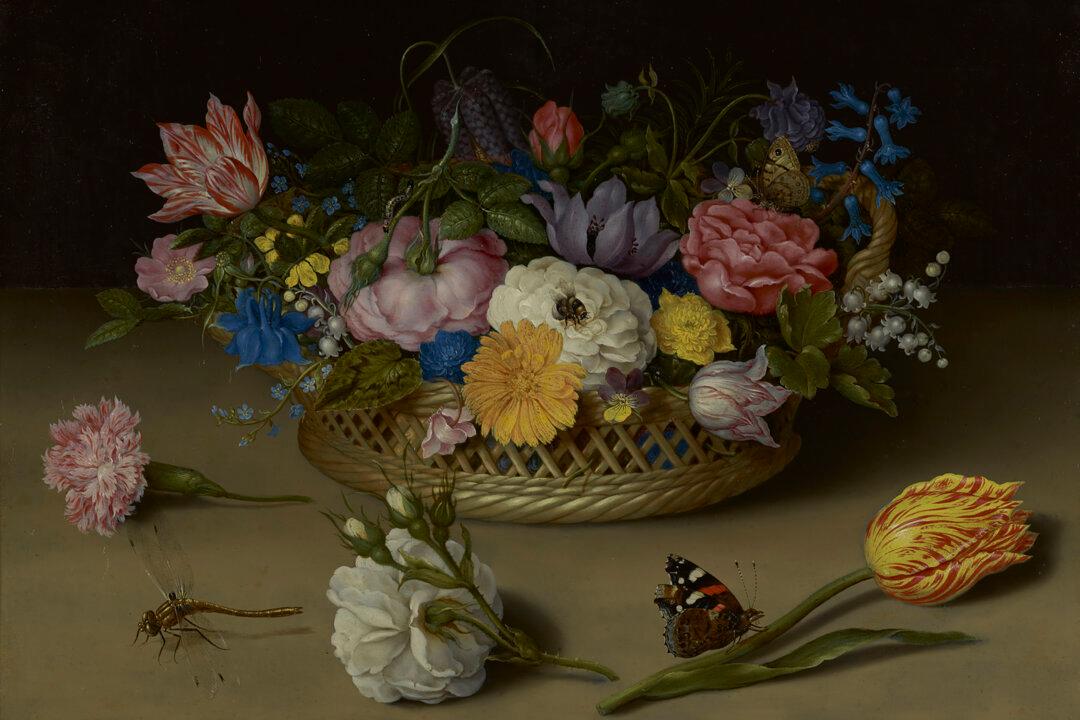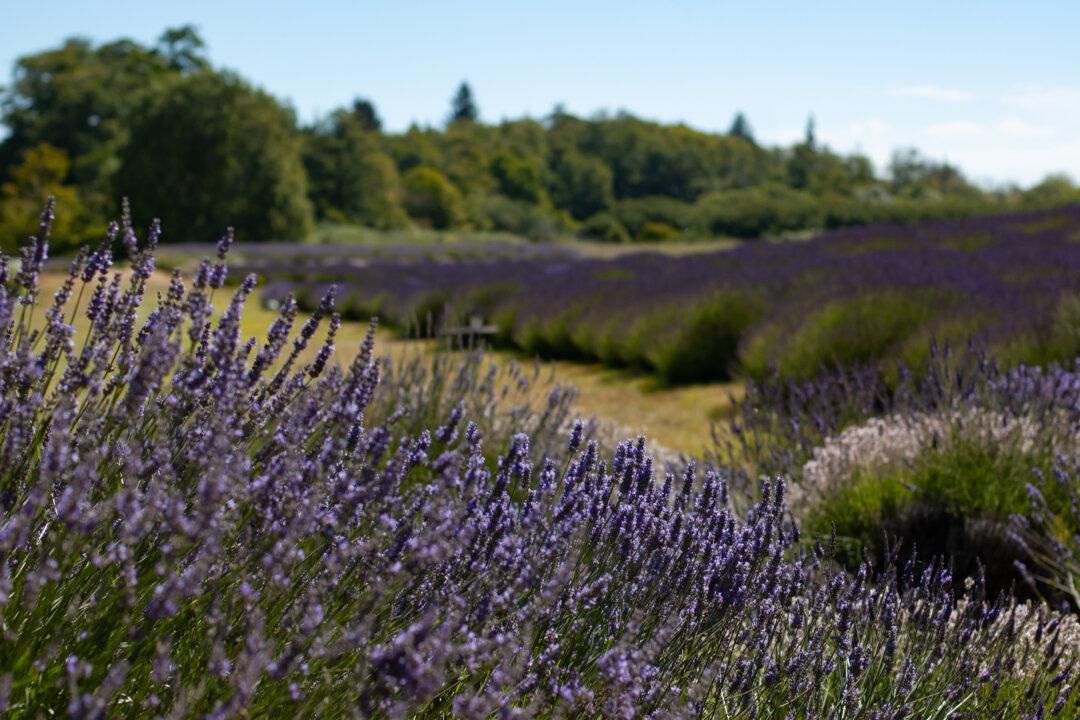Floriography, also called the language of flowers, has been a means of cryptological communication for centuries. Through arrangements of specific flowers, coded messages could be delivered to recipients. Plants have therefore represented metaphors for virtue or vice.
The origins of plant symbolism can be attributed to the literature of antiquity, religious writings, and the documented study of medieval herbology. The Bible includes many instances where trees, fruits, or flowers lend themselves to sacred allegories.





